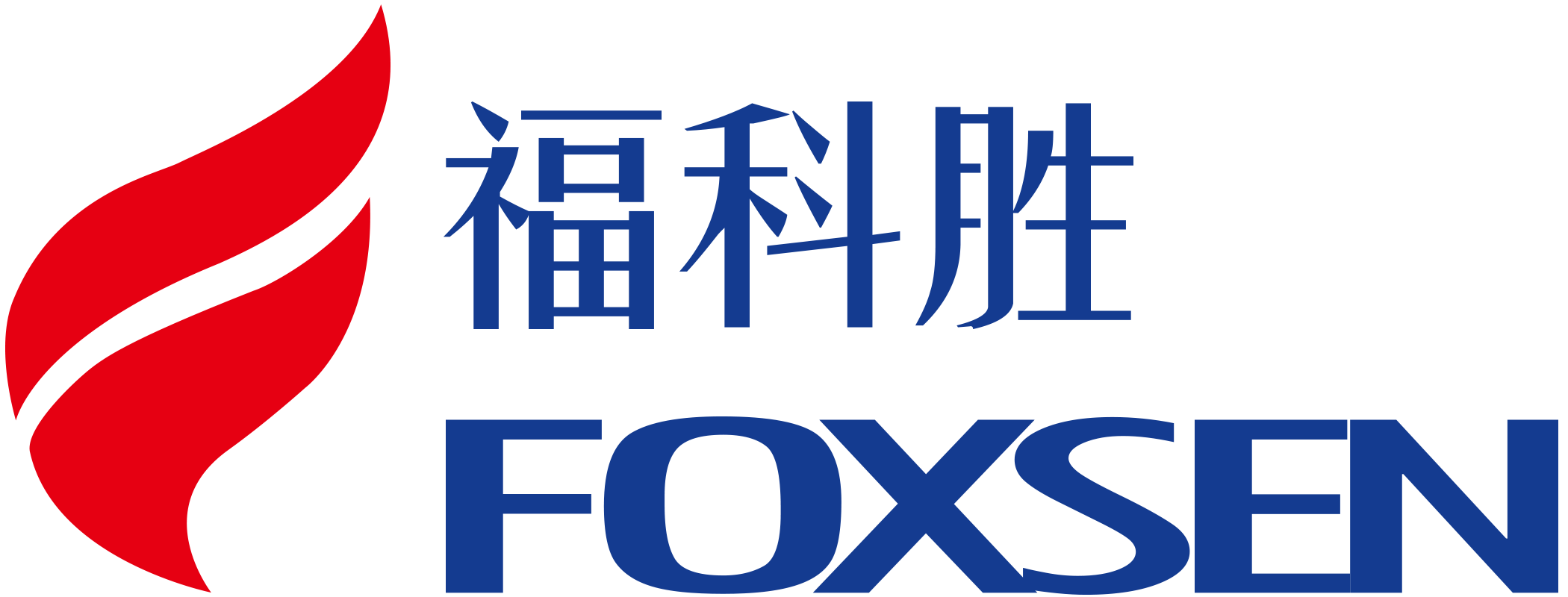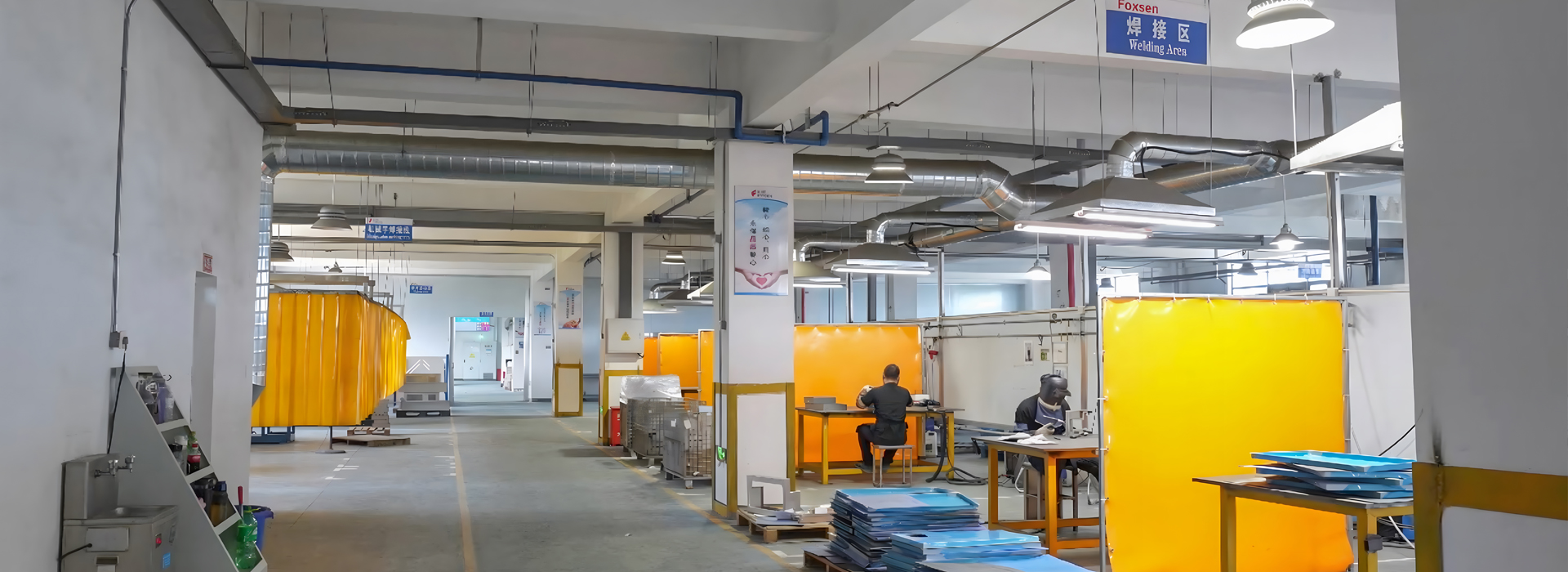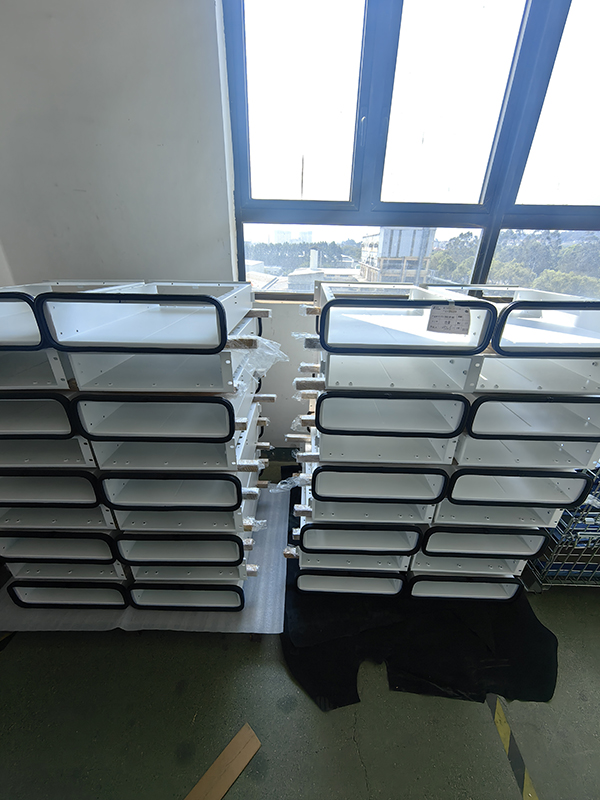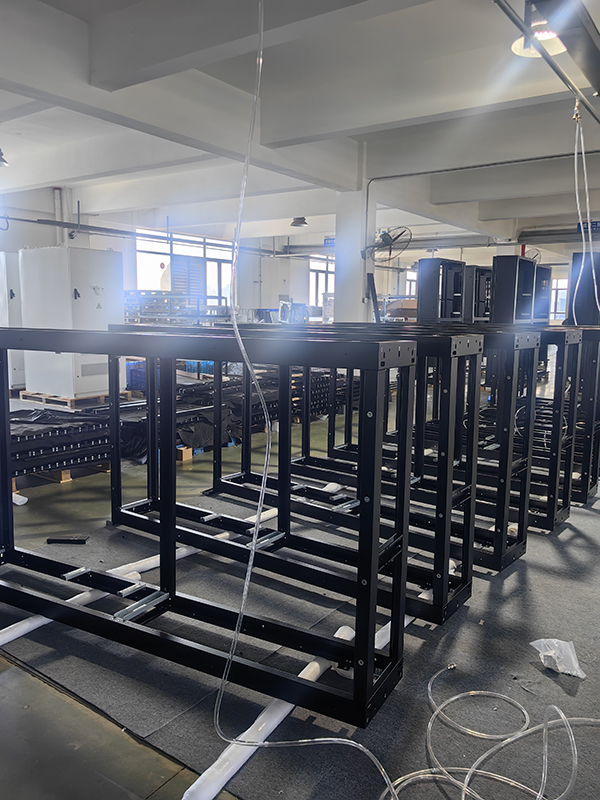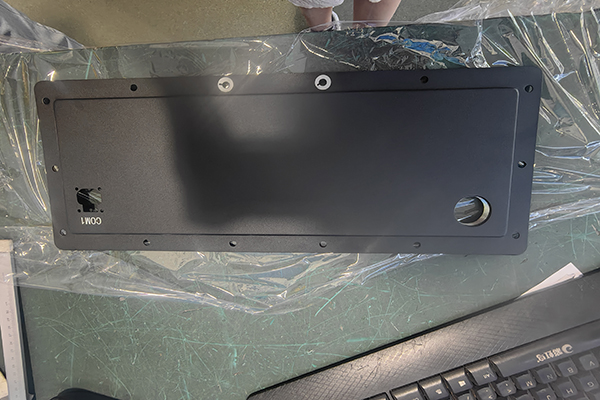
Sheet metal chassis are very important in 2025. They are reliable and can be used in many ways. Numbers show how valuable they are.
The global sheet metal market will grow by 4.70% yearly from 2025 to 2032.
The market size will rise from $339.78 billion in 2024 to $490.65 billion by 2032.
New technology makes these products even better. Machines like CNC press brakes and robotic welders make them stronger and cheaper to produce. AI tools help design faster and make scaling easier. Modular designs, often used in server chassis, add flexibility and save money. These updates help sheet metal chassis work well for today’s industries.
Key Takeaways
Sheet metal frames are important for cars, planes, and gadgets.
New tools like CNC machines and AI make them faster to build.
Light metals like aluminum save money on shipping and fuel.
The need for sheet metal is growing and will keep increasing.
Recycling and eco-friendly materials help save money and the planet.
Overview of Sheet Metal Chassis
Importance of Sheet Metal Chassis in Modern Industries
Sheet metal chassis are very important in industries today. They are used in cars, planes, gadgets, and buildings. For example, thin steel sheets make cars lighter and save fuel. Aluminum and titanium make airplane wings strong and safe. Electronics use bent metal for phone frames and heat sinks. Coated steel protects buildings from bad weather. These uses show how sheet metal makes things last longer and work better.
The sheet metal market is growing fast. By 2034, it may reach $15.2 billion, up from $10.3 billion in 2024. This shows more people need these useful products. Steel, which made up 81% of the market in 2023, is still the favorite. It is strong and can be used in many ways.
Advancements in Sheet Metal Technology in 2025
In 2025, new technology makes sheet metal even better. Laser cutting helps create detailed designs. Special shaping tools make complex forms. Accurate measuring tools ensure perfect production. These tools help make high-quality products for your needs.
Aluminum is now used more often. It is light and does not rust easily. This makes it great for planes and electronics. Coated steel, covered with zinc, stops rust in outdoor areas. These improvements help sheet metal meet today’s industry needs.
Key Benefits of Using Sheet Metal Chassis
Sheet metal chassis have many advantages. They are strong, long-lasting, and easy to customize. Aluminum is light and good for heat-sensitive uses. Steel is very strong, and coated steel resists rust outside. Copper, though costly, is great for carrying electricity.
Modern tools like laser cutters and shaping machines make sheet metal more useful. These tools help build light parts for planes or detailed designs for gadgets. This flexibility makes sheet metal a trusted choice for many industries.
Key Features of Sheet Metal Chassis
Durability and Strength
Sheet metal chassis are very strong and last a long time. They can handle heavy weights, tough conditions, and long use. Advanced tools and good materials keep them strong under pressure.
Recent research shows how strong sheet metal chassis are. For example:
Materials like aluminum and steel make them even tougher. Aluminum is light but strong. Steel is great for heavy-duty tasks. These materials help sheet metal chassis work well in hard conditions.
Flexibility and Customization
Sheet metal chassis are flexible and easy to customize. You can design them for many uses, from simple to complex shapes. This makes them useful in many industries.
Versatility: Can be shaped into simple or detailed designs for many uses.
Customization: Allows making special parts for electronics or other needs.
Automotive Industry: Used for car parts like panels and brackets, shaped for each model.
Aerospace Industry: Makes light but strong airplane parts with high accuracy.
Electronics Industry: Creates cases and panels for devices in many shapes and sizes.
Modern machines like CNC tools and lasers help with custom designs. These tools cut and shape perfectly to match your needs. Aluminum is often used because it is light and doesn’t rust, making it great for custom chassis.
Scalability for Mass Production
Sheet metal chassis are great for making large amounts quickly. Producing more lowers the cost per item. Automation helps make production faster and easier.
Standard designs and automated tools keep quality the same for big orders. Aluminum and steel are common because they are easy to get and use. These materials help make strong and affordable chassis in large numbers.
Cost-Effectiveness and Affordability
Sheet metal chassis are a budget-friendly option for industries worldwide. They are affordable because of efficient production, strong materials, and easy scaling. Choosing sheet metal chassis means spending less without losing quality.
Why Sheet Metal Chassis Are Affordable
Material Efficiency:
Common materials like aluminum and steel keep costs low. Aluminum is light but strong, making it perfect for durable and affordable uses.Manufacturing Advancements:
Tools like CNC machines and lasers make production faster and more accurate. These machines reduce waste and cut costs by using less labor.Durability Saves Money:
Strong materials like steel and aluminum last a long time. They need fewer repairs, which saves money over the years.
Comparing Costs with Other Materials
Sheet metal chassis are cheaper than diecast or CNC machined enclosures. Their low cost to buy and maintain makes them a smart choice for saving money.
Benefits of Scalability
Making large amounts of sheet metal chassis lowers the price per item. Automated tools ensure every piece is made well, even in big batches. This makes them great for industries like cars and electronics.
Tip: Using aluminum can save even more money. It’s light, so shipping costs less, and it resists rust, cutting down on repairs.
Real-World Applications
Industries like airplanes and telecom use sheet metal chassis to save money. Aluminum is light for planes, while steel is strong for heavy machines. These materials give you good performance at a fair price.
Head-to-Head Comparison of Popular Materials
Steel Metal Sheets: Strong and Useful
Steel sheets are a favorite for making chassis. They are strong and can be used in many ways. Industries like cars, buildings, and machines rely on steel for its toughness. Steel handles heavy loads and lasts a long time.
Different steel types have special uses:
Tests like FEA check how steel performs under pressure. These tests make sure steel works well for tough jobs. Steel is heavier than some materials but is still trusted for its strength.
Note: Steel can be shaped in many ways, like cutting, welding, or stamping. This makes it useful for both simple and detailed designs.
Aluminum: Light and Rust-Free
Aluminum is popular for chassis because it’s light and doesn’t rust. It’s great for planes, cars, and gadgets where weight matters. Using aluminum can make cars lighter by over half, saving fuel. Aluminum also lasts longer in bad weather compared to steel.
Important aluminum features include:
Resists rust and is easy to shape.
A7075 aluminum is strong but needs extra protection in tough conditions.
Cuts weight without losing strength.
Aluminum stays strong even in harsh places. Its lightness and durability make it a top choice for jobs needing strength and efficiency.
Tip: Aluminum is a smart pick if you need something light and strong. It also saves money on repairs because it doesn’t rust.
Brass: Special Uses and Looks
Brass is used for special jobs because it’s strong, doesn’t rust, and looks nice. You’ll see brass in decorations, musical instruments, and fancy covers. It’s not as common as steel or aluminum for chassis, but it shines in unique markets.
Brass is strong and handles wet conditions well. Its golden color makes it perfect for stylish designs.
Did You Know? Brass is easy to shape into detailed designs. This makes it great for custom projects that need beauty and strength.
Galvanized Steel: Strong Against Rust
Galvanized steel is great for making chassis because it resists rust. It gets a zinc coating that protects the steel from damage. The zinc layer stops rust and wears away instead of the steel. This makes it perfect for wet or salty places.
A study shows galvanized steel lasts longer in tough conditions. It can handle four times more stress cycles than untreated steel. The zinc coating acts as a shield and sacrifices itself to protect the steel. For cars, this means the chassis stays strong in humid or salty areas.
Galvanized steel is used where strength and durability are needed. Car makers use it for parts under the car. Builders use it for supports in buildings. Its rust resistance keeps these parts safe and working well.
Tip: Choose galvanized steel if you need something strong and rust-proof. It works well in places where regular steel would fail.
Cold Rolled Steel: Accurate and Smooth
Cold rolled steel is perfect when you need precise shapes. It’s made by cooling and refining hot steel for better quality. This process gives it a smooth surface and exact dimensions.
For chassis, cold rolled steel is very reliable. It’s stronger than hot rolled steel, with a tensile strength of 540-620 MPa. Its surface is polished and works well with coatings. These features make it great for strong and good-looking designs.
Cold rolled steel helps make lighter parts without losing strength. In 2023, engineers cut chassis weight by 18% while keeping bending strength at 210 MPa. It also held pressure better in HVAC systems, showing its versatility.
Standards like ASTM A513 ensure cold rolled steel meets high quality. Tests show 99.98% of products meet their promised strength. This makes it a trusted material for many industries.
Note: Cold rolled steel is great for jobs needing exact shapes and strength. It’s ideal for cars, planes, and heavy machines.
Applications and Use Cases
Automotive and Transportation
Sheet metal chassis are key in cars, trucks, and trains. They give strong support for vehicle parts. Aluminum is often used because it’s light and saves fuel. Recycling aluminum is now important due to high costs and environmental issues.
Studies show reusing car metal scraps helps the planet. For instance, using curved steel sheets for car panels cuts pollution. One design saved 7.8 million kilograms of CO2 emissions. This proves sheet metal chassis are eco-friendly and still work well.
Tip: Aluminum is great for vehicles. It’s light, rust-proof, and lasts long.
Electronics and Telecommunications
Sheet metal chassis are crucial in electronics like phones and computers. They protect parts from dust and moisture. Aluminum and stainless steel are common because they don’t rust and stay strong.
More data centers and cloud services need sturdy server racks. Automated factories also need special sheet metal parts. Smaller gadgets require detailed designs. Aluminum sheets are perfect for making light but tough device cases.
Aerospace and Defense
In planes and defense, sheet metal chassis make light but strong parts. Aluminum is used for airplane wings and bodies. It improves fuel use while staying strong. Defense uses sheet metal for rocket cases and pressure liners.
A study showed Inconel 625 works well for power unit housings. This shows how advanced materials improve aerospace parts. Sheet metal parts also handle tough conditions like high heat and pressure.
Did You Know? Aluminum doesn’t rust, making it perfect for planes where strength and weight matter.
Industrial Machinery and Equipment
Sheet metal chassis are important for industrial machines. They are used in factories, assembly lines, and heavy machines. These chassis are strong and precise, making them perfect for complex systems. Lightweight metals like aluminum and galvanized steel are common. They reduce weight but stay strong, improving efficiency and machine life.
Metrics help show how sheet metal chassis improve production. Throughput measures how many items are made in a set time. Cycle time tracks how long each production step takes. Yield rate shows the percentage of good products made. Scrap rate measures wasted materials, helping to cut costs and waste.
Sheet metal chassis are great for precise and custom designs. CNC machined enclosures make exact parts for special machines. They fit well with robots, conveyors, and automated tools.
Diecast and sheet metal enclosures add extra protection. They keep parts safe from dust, water, and damage. This reduces repairs and keeps machines working longer.
Tip: Aluminum sheets can save energy in machines, making them eco-friendly.
With better manufacturing methods, sheet metal chassis keep improving. Their mix of strength, precision, and low cost makes them essential for industries.
Future Trends in Sheet Metal Chassis
Integration of Smart Technologies
Smart tools are changing how sheet metal chassis are made. AI helps find and fix problems before they happen. Robots called cobots work with people to make jobs safer and faster.
Factories are getting smarter with IoT and Industry 4.0. Machines now "talk" to each other, making work smoother. Automated lines handle hard tasks like shaping metal, cutting costs and saving time.
Digital tools like Big Data and IoT improve production. They predict when machines need fixing, so there’s less downtime. These updates make building sheet metal chassis quicker and more reliable.
Tip: Smart factories save money and make better products.
Use of Sustainable and Recyclable Materials
Making sheet metal chassis eco-friendly is now a big focus. Recycling materials cuts waste and helps the planet. Studies show recycling more can lower pollution by over half.
Lightweight metals like A/HSS are good for the environment. They help cars use less fuel and last longer. These metals are strong, reusable, and great for green manufacturing.
Car companies now recycle old plastics to reduce harmful gases. Using recyclable materials makes products cheaper and better for the earth.
Did You Know? Lightweight metals save energy and make products last longer.
Advancements in Manufacturing Techniques
New ways to make sheet metal chassis are here. 3D printing allows cool designs and wastes less material. AI tools make production faster and more accurate.
Modern factories use robots to improve old methods. Digital twins and cloud tools let you test designs before making them. This saves time and materials.
3D printing creates flexible designs with less waste.
AI robots make production faster and smarter.
Digital twins test ideas virtually before building.
Cloud tools make teamwork and design sharing easy.
These updates help make lightweight sheets and custom enclosures. They also meet the demand for diecast enclosures and other designs.
Note: Using advanced tools keeps your products top-notch and industry-ready.
Emerging Uses in New Industries
Sheet metal chassis are now used in new industries. These industries need smart ideas and better tools to solve problems. Examples include renewable energy, medical devices, and robotics.
In renewable energy, aluminum sheets are key for solar panels and wind turbines. They are light and don’t rust, making them great for outdoor use. These features also save energy during transport and setup.
Medical devices also use sheet metal chassis. They need to be strong and precise. CNC machines make detailed parts for tools like surgical equipment and scanners. These chassis are reliable and lightweight, perfect for portable devices.
Robotics is another area where sheet metal chassis are important. Robots need strong but flexible covers to protect their parts. Aluminum sheets are light and strong, making them easy to move. They can also be shaped for special robot designs.
The demand for sheet metal products is growing in these fields. For example:
This growth comes from better tools, energy-saving materials, and more automation. These changes make sheet metal chassis a key part of new industries.
Tip: Use aluminum sheets for jobs needing light, strong, and rust-proof materials.
Sheet metal chassis in 2025 are strong, flexible, and affordable. They can be made in large amounts and with great accuracy. Industries like cars and electronics depend on them for many uses. Picking the right material, like light metal sheets or CNC-made parts, helps them work best. The market is expected to grow to $61.78 billion by 2032, showing their rising value. With smart tools and eco-friendly methods, sheet metal chassis will keep improving and helping different industries.
FAQ
What is a sheet metal enclosure, and why is it important?
A sheet metal enclosure keeps parts safe from harm. It is strong, easy to customize, and used in many industries like cars and electronics. It’s a good choice for strength and low cost.
How does a diecast enclosure differ from a sheet metal enclosure?
Diecast enclosures are made by pouring melted metal into molds. They are very precise but cost more. Sheet metal enclosures are lighter and better for making large amounts.
Why are lightweight metal sheets preferred in aerospace applications?
Lightweight metal sheets make planes lighter, saving fuel. They are strong and don’t rust, even in tough conditions. Aluminum is often used for these reasons.
What makes a CNC machined enclosure ideal for industrial use?
CNC machined enclosures are very accurate and long-lasting. They work well for tricky designs and protect machines. They are great for custom parts in factories.
Can sheet metal chassis be recycled?
Yes, sheet metal chassis can be reused. Recycling helps save materials and reduces waste. Aluminum is especially good for recycling because it’s light and eco-friendly.
